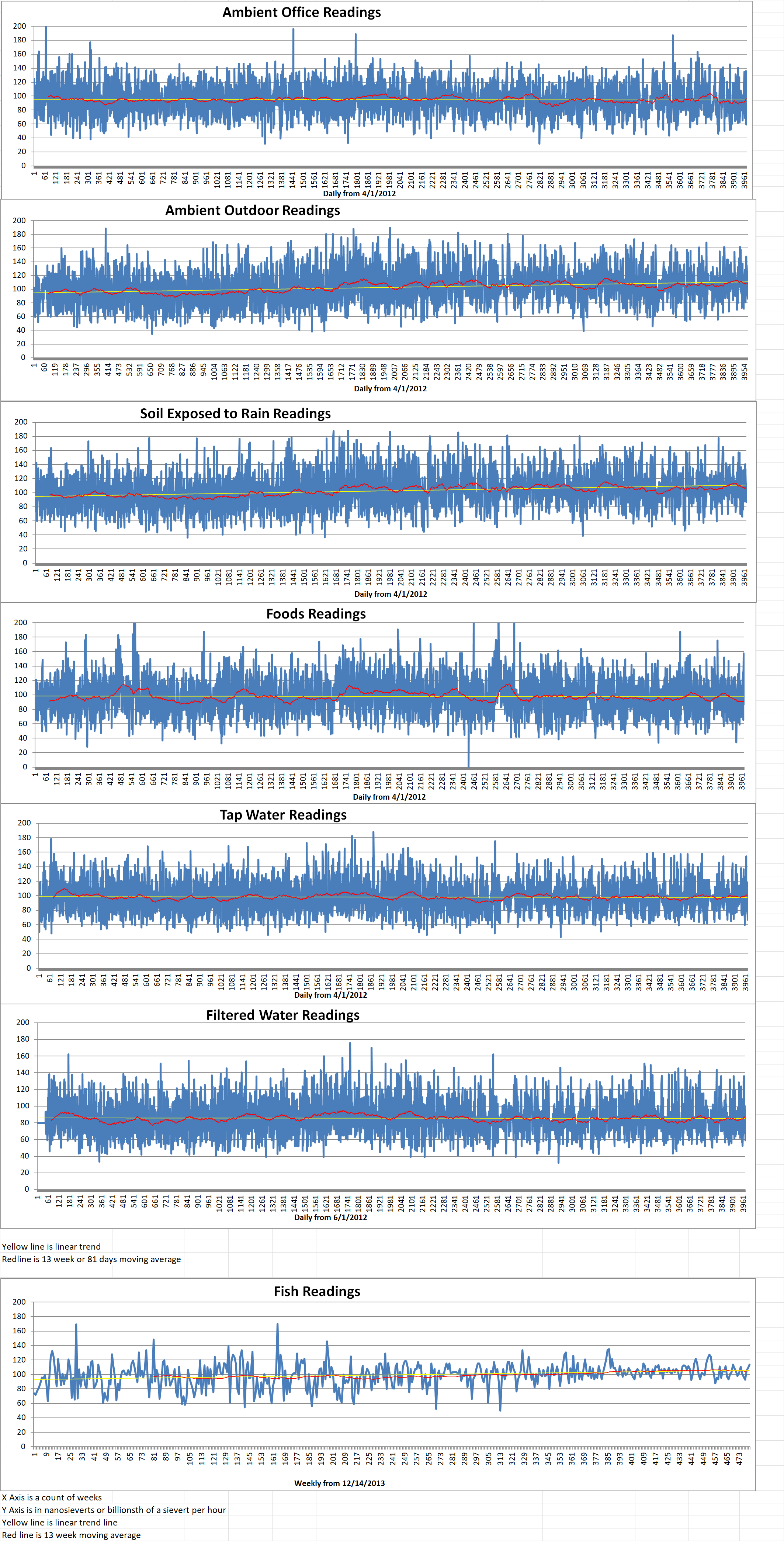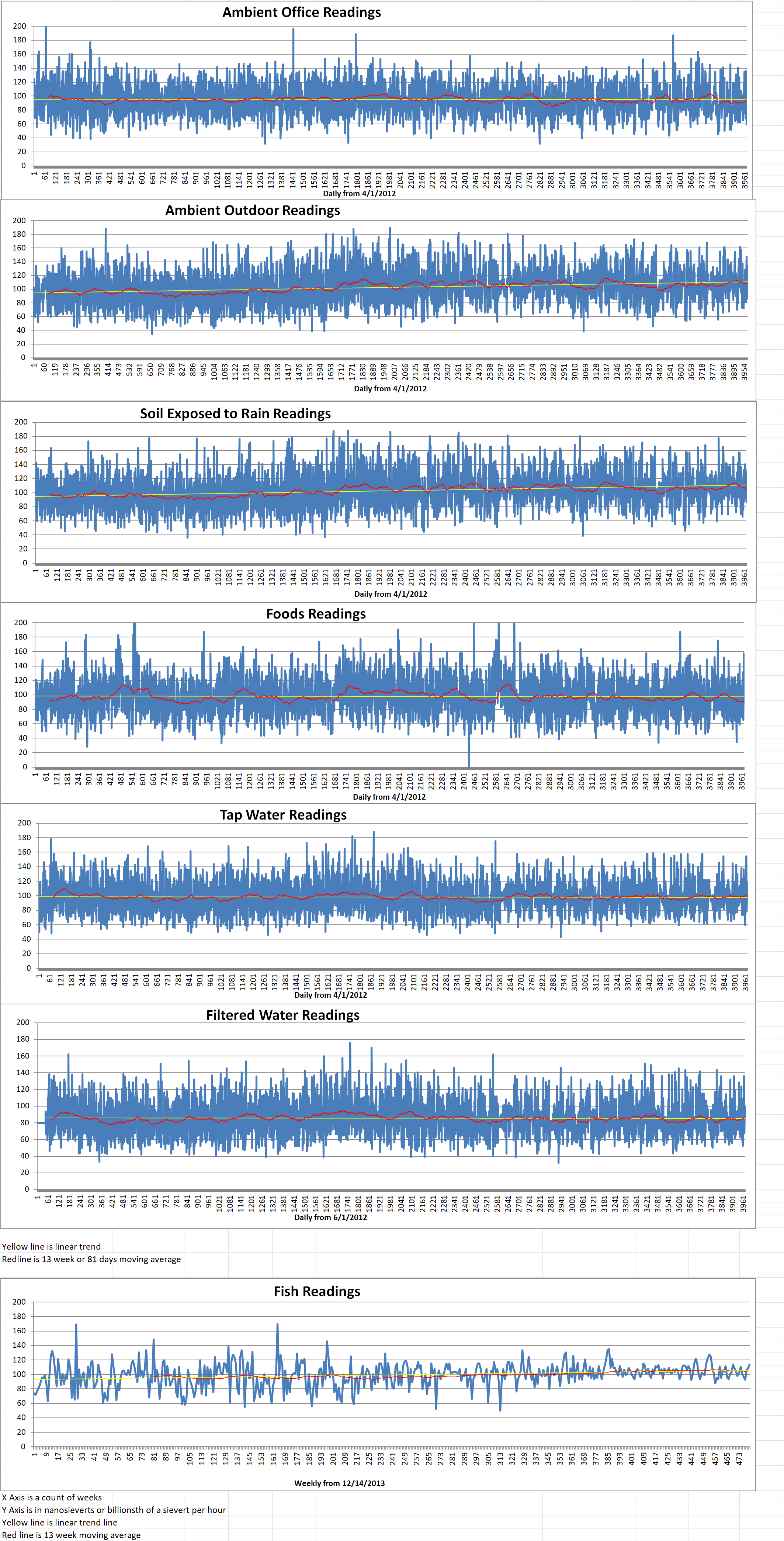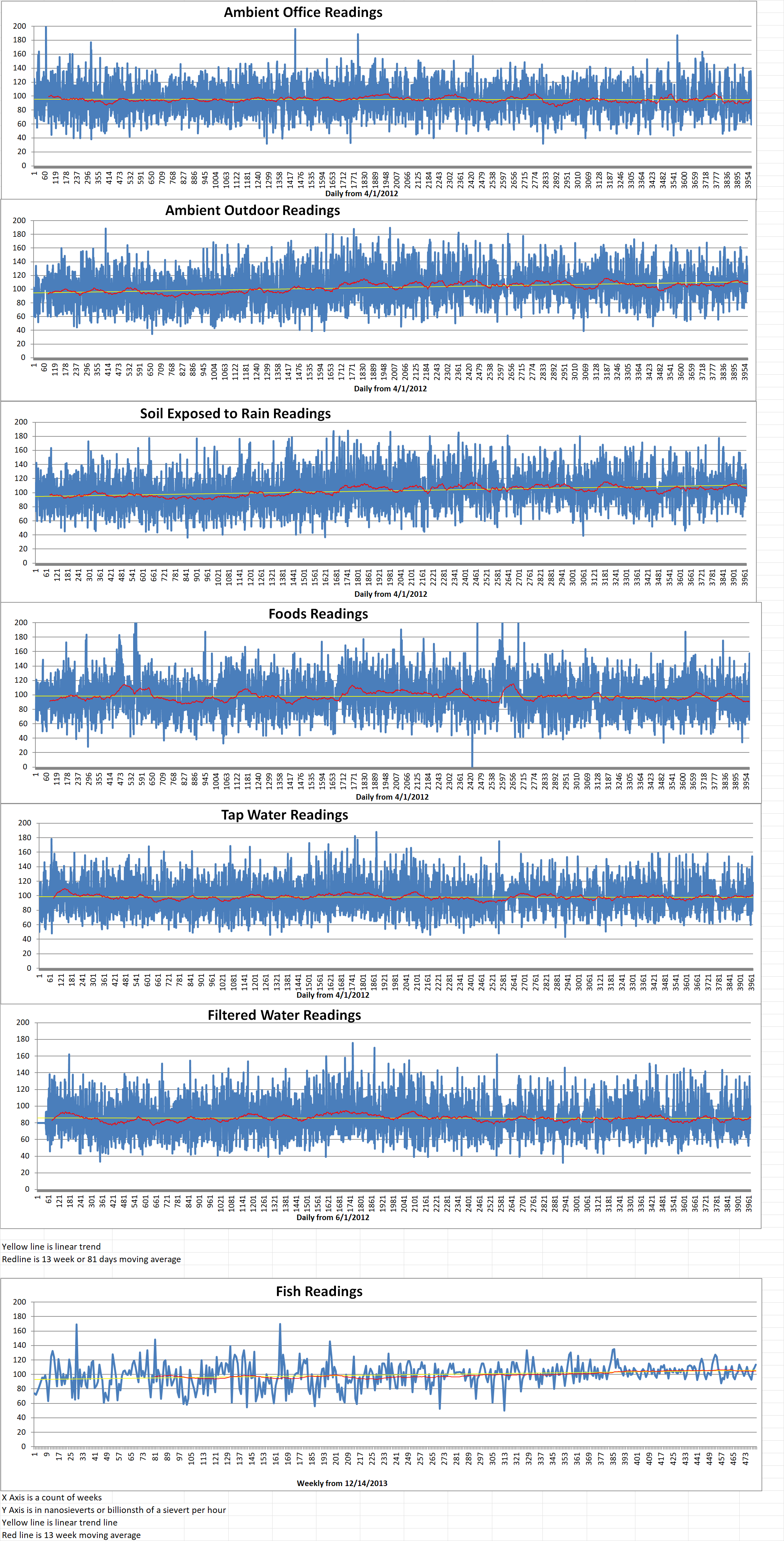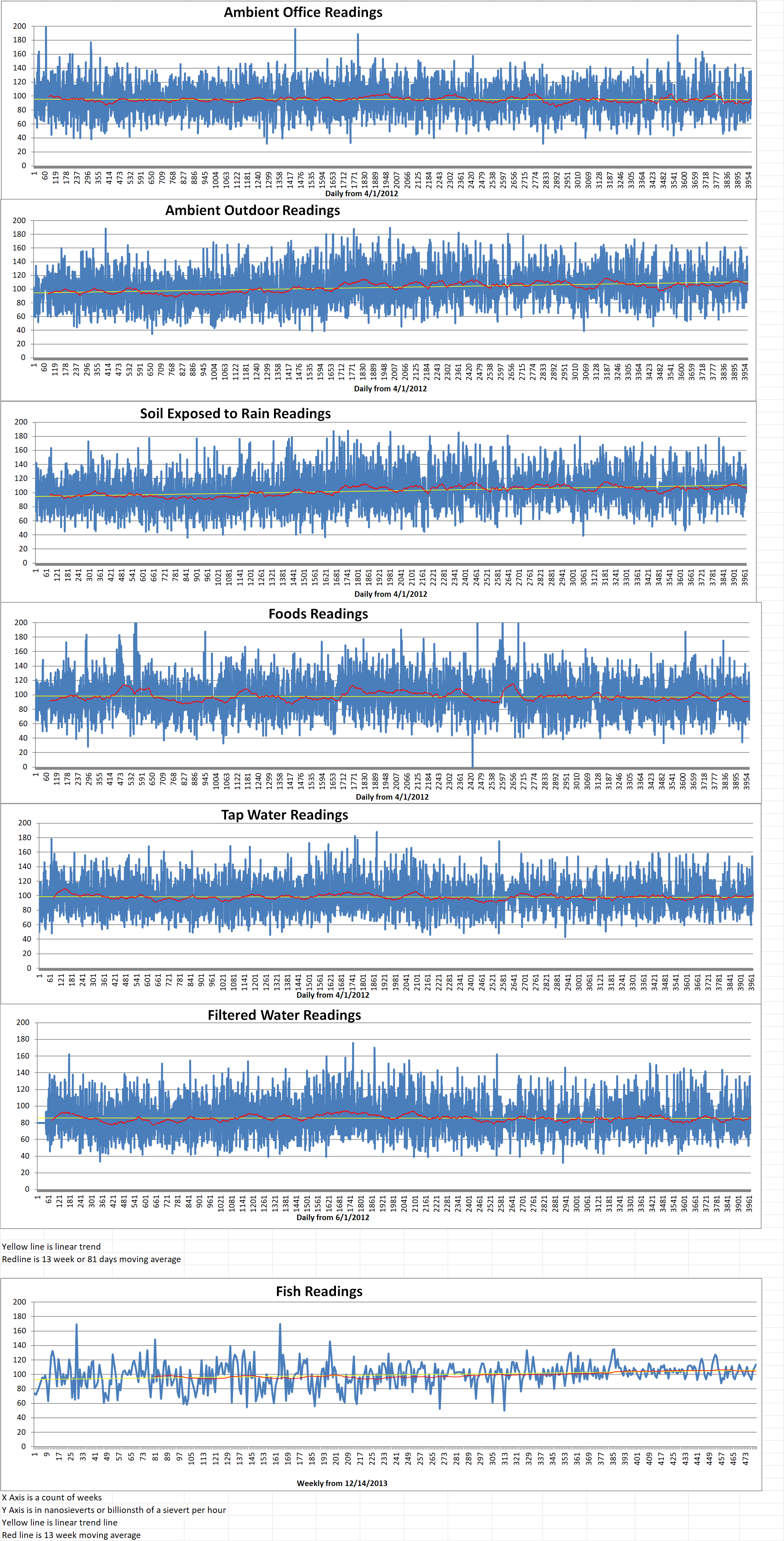Part 1 of 2 Parts
Alikaan Çiftçi is the President of the Nuclear Industry Association of Turkey (NIATR). He recently explained that Turkey aspires to be a major regional manufacturing, trade and logistics hub to take advantage of the opportunities for nuclear energy in the Middle East, Africa and Turkey.
It is expected that nuclear electricity generation capacity in Turkey, the Middle East and Africa will increase rapidly in the next two decades thanks to the completion of existing projects and projected construction agreements between countries in the region and nuclear vendors.
Currently, fossil fuels account for more than ninety five percent of electricity production for all these countries’ energy needs. The growth in nuclear power capacity in the region will reduce dependence on these energy sources. It will also ensure energy security and meet increasing energy demand from population and economic growth.
Nuclear energy provides cleaner, stable, reliable and cost-effective electricity. As a low-carbon baseload energy source, nuclear energy plays an important role in the decarbonization of the economy. Achieving supply stability in Turkey is critical where energy security is a vital issue for its strategic position in the region.
Turkey has a National Energy Plan. The Plan calls for electricity to be produced by nuclear power plants in Turkey to reach eleven percent of the total energy production by 2030. The Turkish government claims that their energy portfolio will include conventional nuclear power plants under construction and planned. Small modular reactors will also be included.
The Akkuyu nuclear power plant (NPP) on the Mediterranean coast of Turkey will be their first nuclear power plant. It is expected to have an installed capacity of four thousand eight hundred gigawatts. The first of the four planned units now has nuclear fuel on site. This coincides with the one hundredth anniversary of the Republic. Akkuyu NPP will employ about four thousand people during its operational phase. The estimated contribution of the NPP to Turkey’s gross domestic product over its entire life-cycle will be about fifty billion dollars. The NPP is being constructed by Rosatom, the Russian state atomic energy corporation.
There were two devastating earthquakes last February in Turkey’s southern province, where the Akkuyu NPP is located. However, no damage was reported to the Akkuyu NPP being constructed in Mersin, Gulnar district. According to statements from Akkuyu spokespersons, the experts did not detect any damage to the buildings, equipment and cranes. Construction and assembly work at the NPP continue.
The economic vitality created by the Akkuyu NPP is attraction attention. The project has become one of the biggest employment centers in the region during the construction process. It has set an example of successful localization with its supply changing of more than four hundred Turkish companies.
Turkish manufacturers are providing a wide range of equipment from valves to pipes, storage tanks, reinforcing steel and various construction materials. Cables, heat and water insulation materials, cable trays, building materials, fire-resistant products, paints and coatings, brick products, and stainless steel materials are also being supplied by Turkish manufacturers. Turkish companies are gaining great experience in how and which materials should be manufactured in the nuclear field. The Akkuyu NPP not only contributes to employment but also creates “know-how” in the Turkish nuclear sector.
Please read Part 2 next






